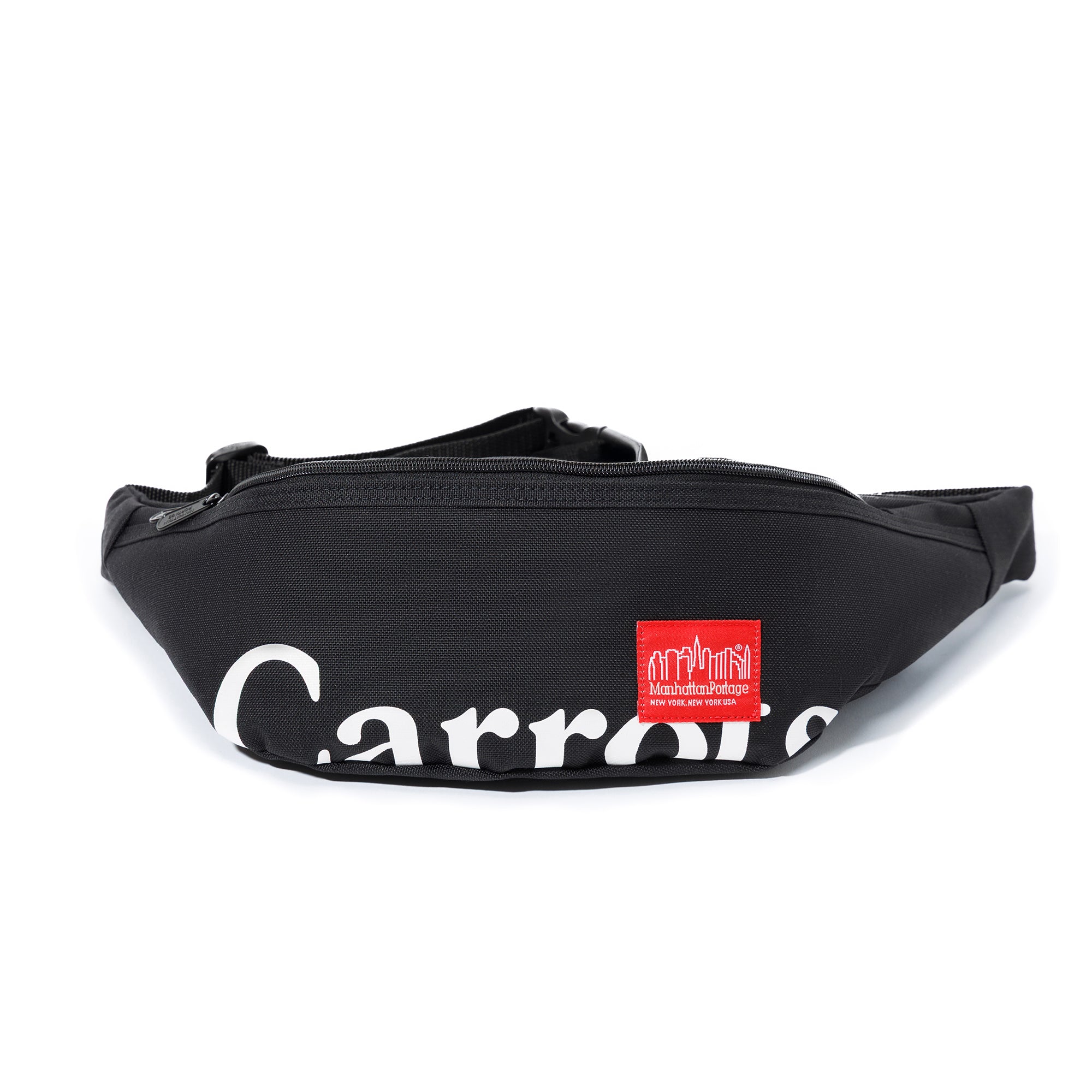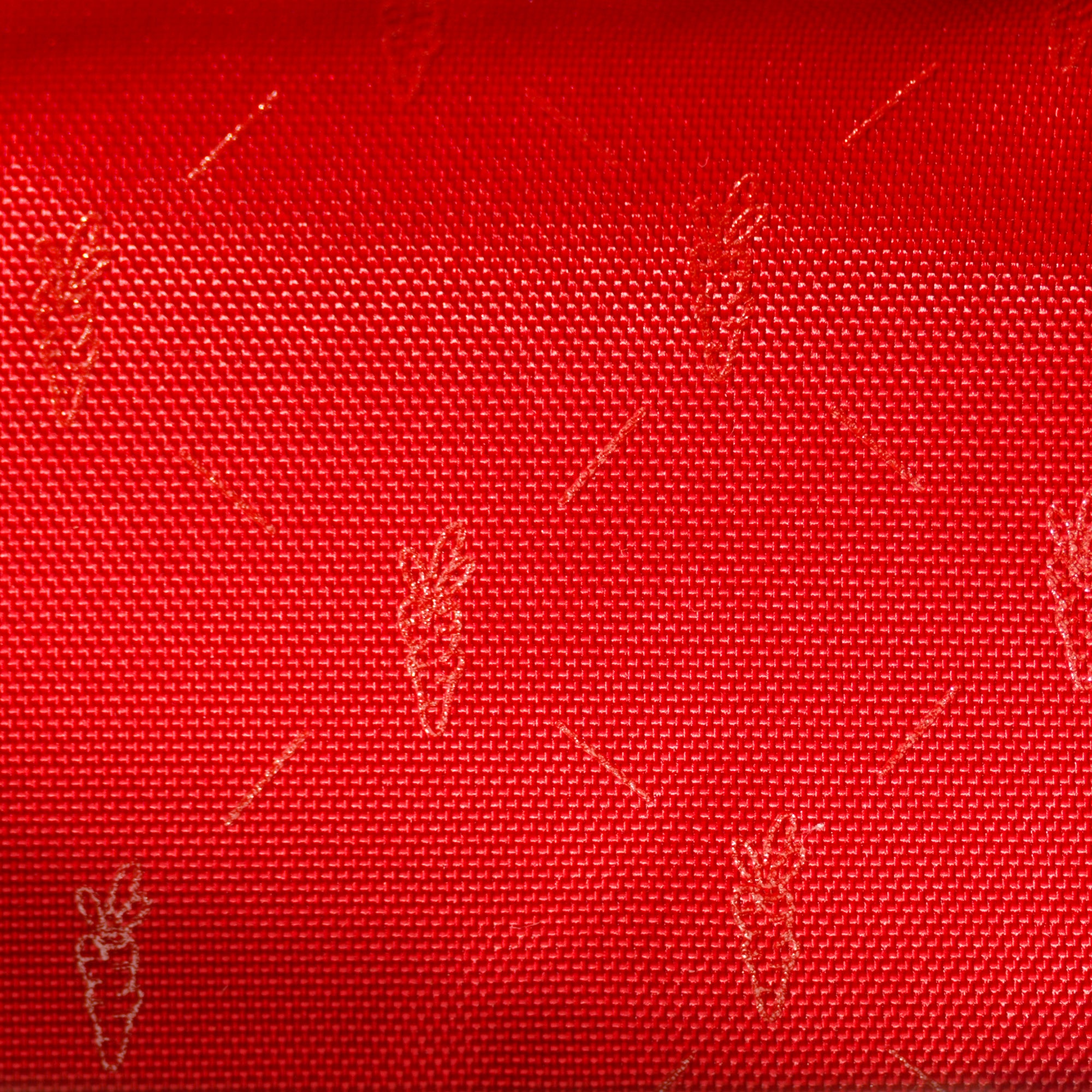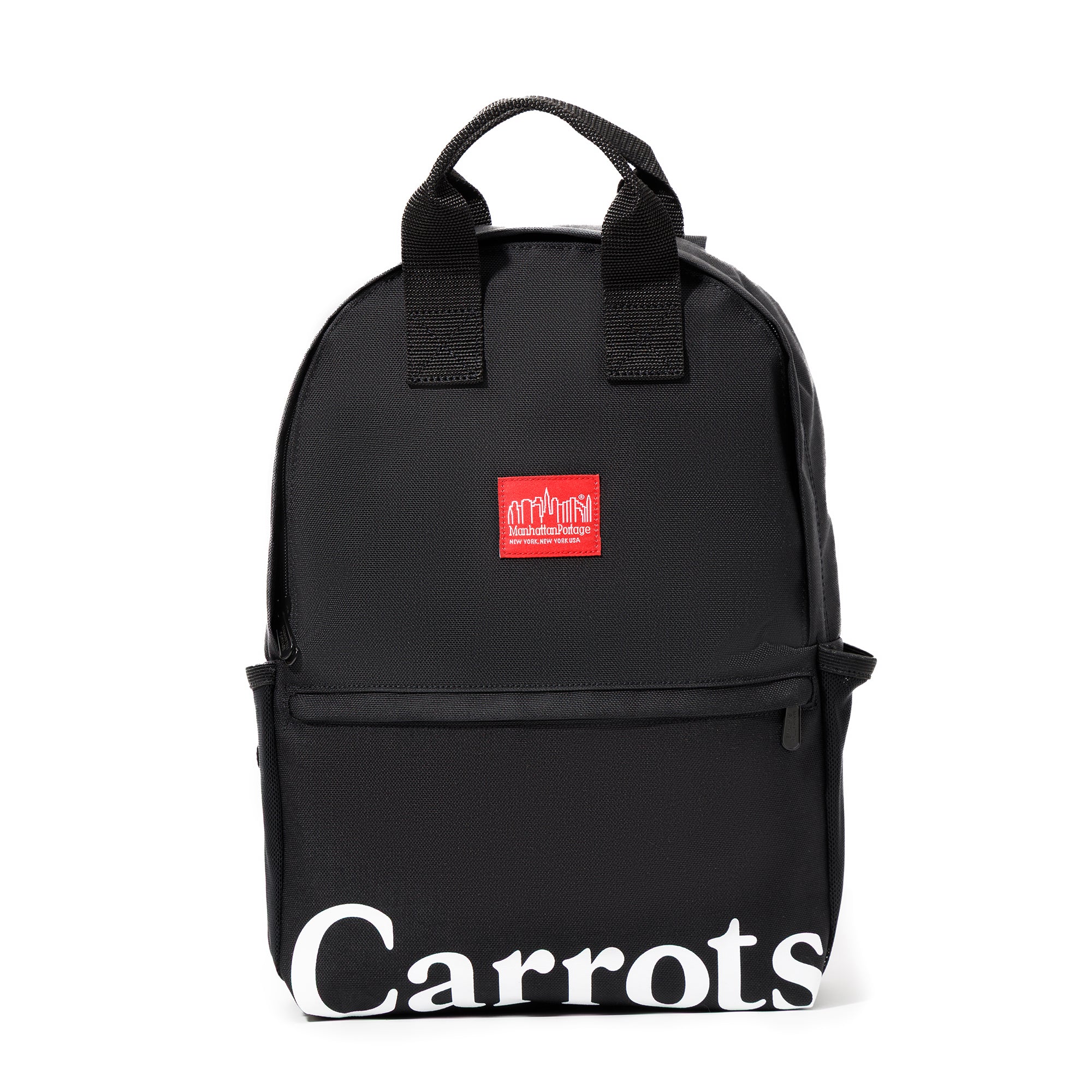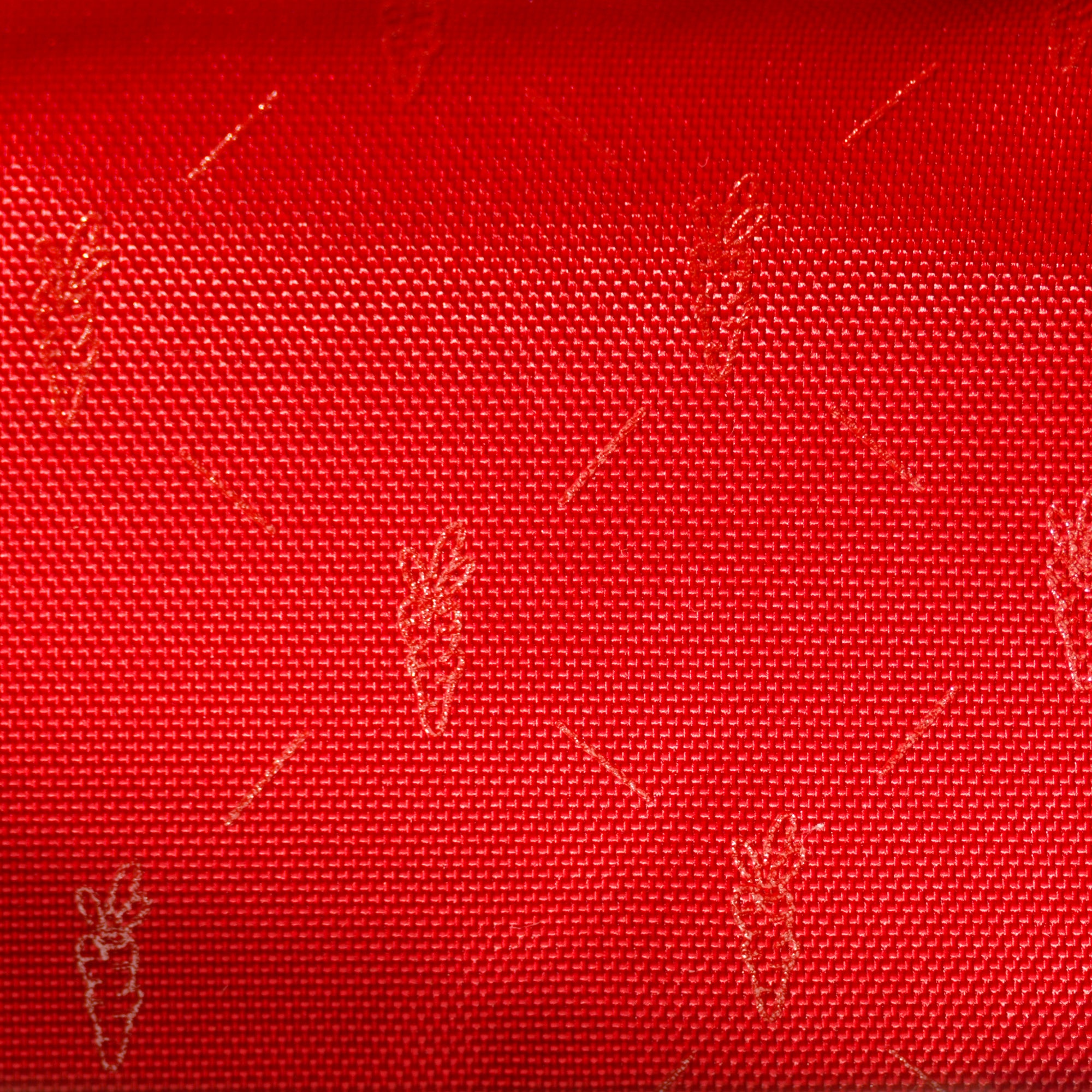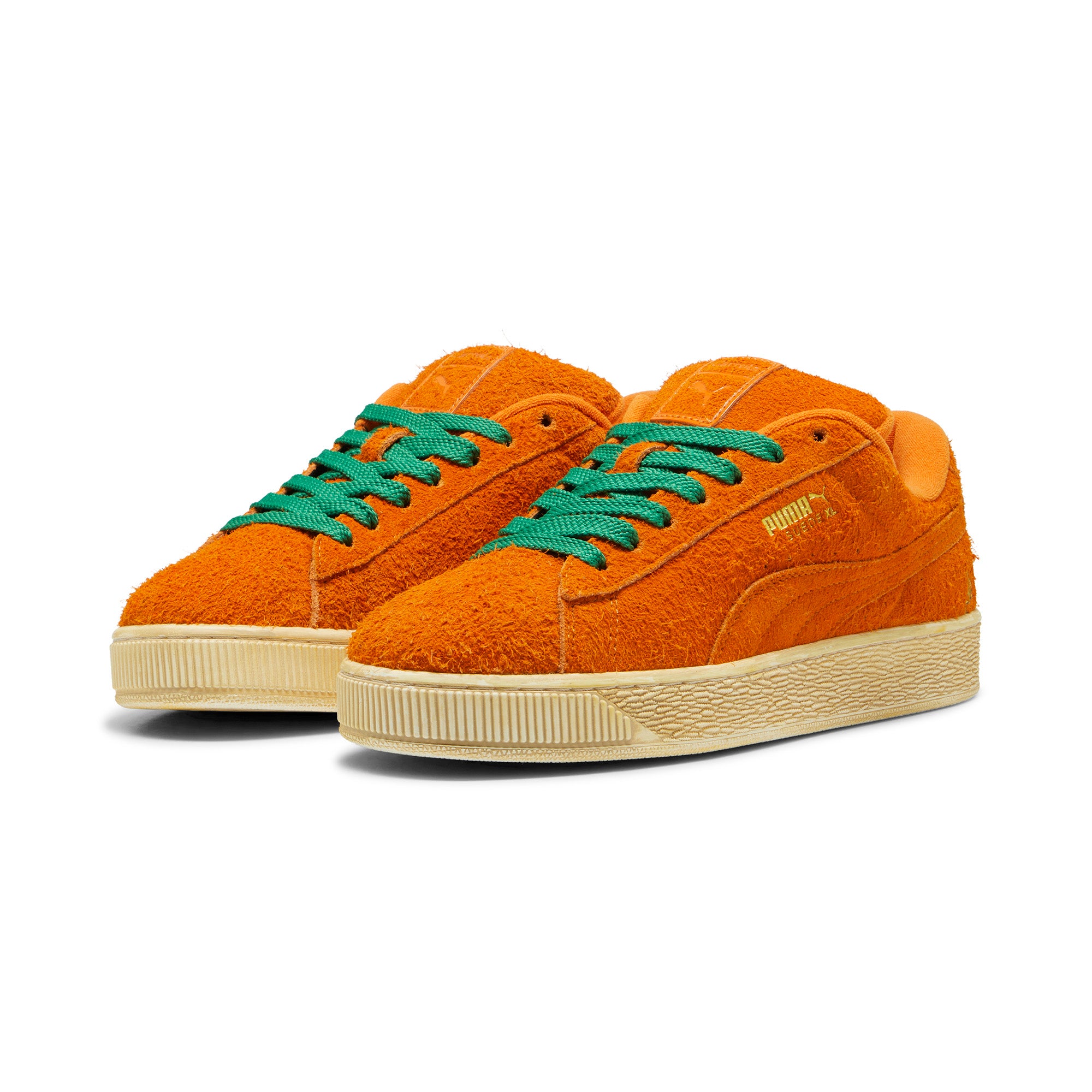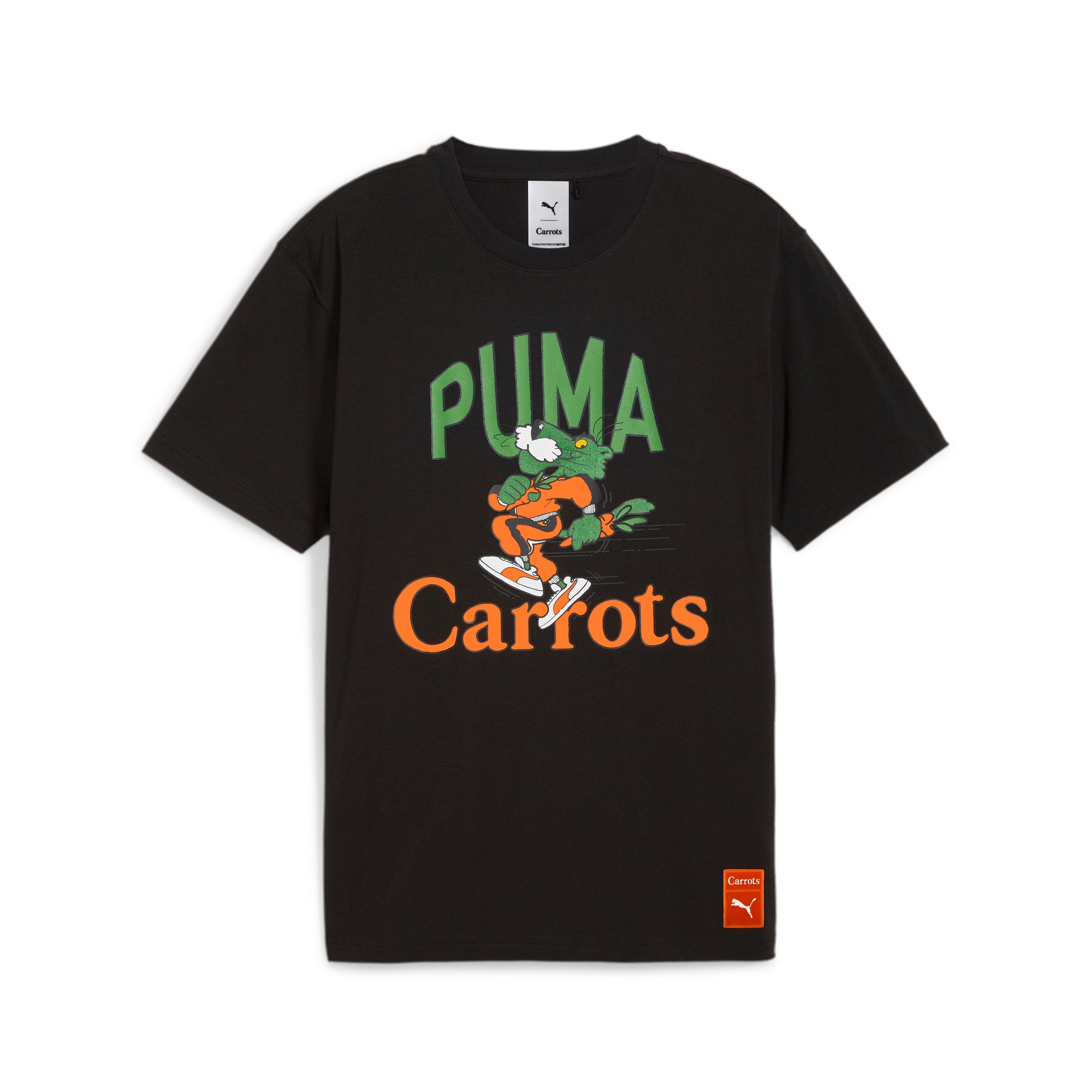
For over half a decade, Michael Dupouy (otherwise known as La...


For over half a decade, Michael Dupouy (otherwise known as La MJC) has had a strong involvement in the development and expression of street culture in Europe. Based in Paris, the well-versed creative complemented his agency work with the conception of a yearly streetwear bible titled All Gone. Created in a beautifully bound book, Michael Dupouy and his team have the unenviable task of filtering through a year’s worth of product (broken up into 12 months) – a task that surely hasn’t gotten an easier with each passing year. We speak with Dupouy about his editorial process and his own thoughts on the current streetwear environment.
Can you introduce yourself and the direction behind your book, All Gone?
I’m Michael Dupouy, founder of La MJC communication agency. Born and raised in Paris, working hard since 1976. I have imagined the All Gone book six years ago, while everybody was announcing the end of paper press and internet was starting killing the video stars. My original idea was to create a rich and comprehensive book with main purpose to document and pay tribute to the best of street culture by showcasing its most appealing and innovative projects. The first ambition was to make the book become a bible for the street scene, paying homage to its elite. A book that you would collect every year, making sense year after year, altogether looking like an encyclopedia.
How would you define the progression of streetwear over the last 5 years?
The past 5-6 years, the game has changed a lot. I would say the street scene stepped up to maturity. Under the guidance of its leaders, the scene fused its codes with those of fashion, luxury and art. It’s not a passion for a restricted club anymore. It has a huge influence on contemporary world. Fortunately, the economic crisis did not stop those who wanted to push the scene forwards and ambition and creativity are still the keys.
What’s your usual process for creating the book? Do you keep a weekly/monthly tab of items to review?
Honestly? My radar is always on. I try to be connected with all the brands, all the creative people, to know their upcoming projects. It’s more easy to do now than at the beginning of All Gone, as now a lot of people want their products/projects featured in it. Almost everyday, I change my list of items, add some, delete others etc…I do it on a daily basis, and at the end of the month, I do a full review and try to get my favorites at our studio to make the photo shootings.
What do you take into consideration before including an item into a book?
It’s always a hard choice. I try to have the good balance between the category, the brands, the color matching from a page to another, and of course, the number of pages I have to make the book. 248 pages is a lot, but not that much at the end, when you think how many items are released per day. The first consideration is always about the success of the item, the people and the idea behind, and how it influenced the scene.
With so much to go through, what is the hardest part about creating the book? Has it gotten harder to filter with more and more content being created?
Making the choices is the hardest part. I have to take some risks, sometimes skip products imagined by people I’m friend with or brands I’m close to. For example, my company celebrated its 10th birthday in 2011 but you won’t find any of our products in the book. I don’t want people to think I’m using the book to promote our items. This year, with the recession, successes have been harder to achieve, so it has been much easier to do my selection as only the very best have stood up to the crisis.
What’s the process behind designing the covers… and how much longer will leopard stay “on-trend” before it enters its cyclical death?
If you know the All Gone book since day one, you have noticed that it’s the first time we offered a “printed” cover. The five first issues were using different fabrics, sober, and the last one was using a beautiful nubuck. I think it was the perfect moment for leopard this year. If the boom of the past few years drove street culture to a more understated and back-to-basics approach, it really seems that the more recent harder times are bringing back diversity, eccentricity and uniqueness. Leopard symbolizes that trend and was the year favorite print. That’s why I chose it. I think it will survive even if people are already bored because we have seen it too many times recently. But it’s like camouflage or polka dots, those are timeless and will never die, and will come back again.
This year’s book is dedicated to DJ Mehdi – what does his loss mean to you and the music community?
It means a lot to me. He was a friend. I knew him for a very long time, he was DJing at all our parties since the early beginning of my company and saw our thing growing year after year. The least I could do is dedicate him the book this year. His legacy will always be with us and the music community will never forget him because of his huge talent and also because he was really appreciated by all.








